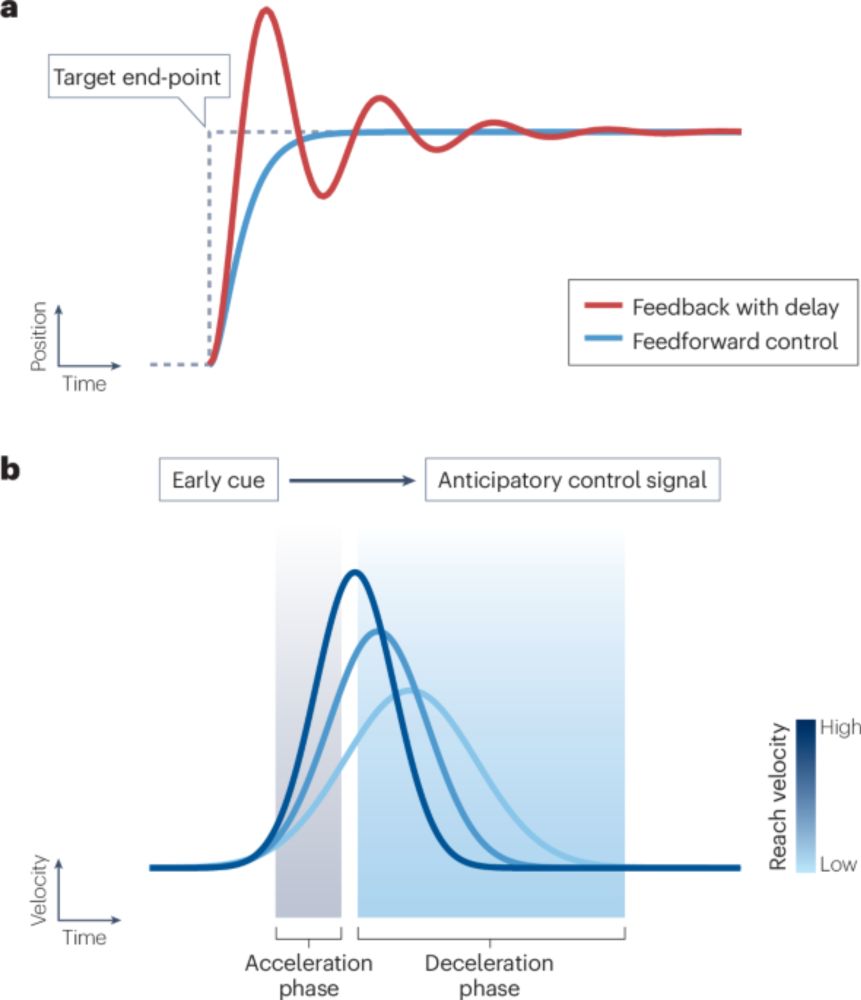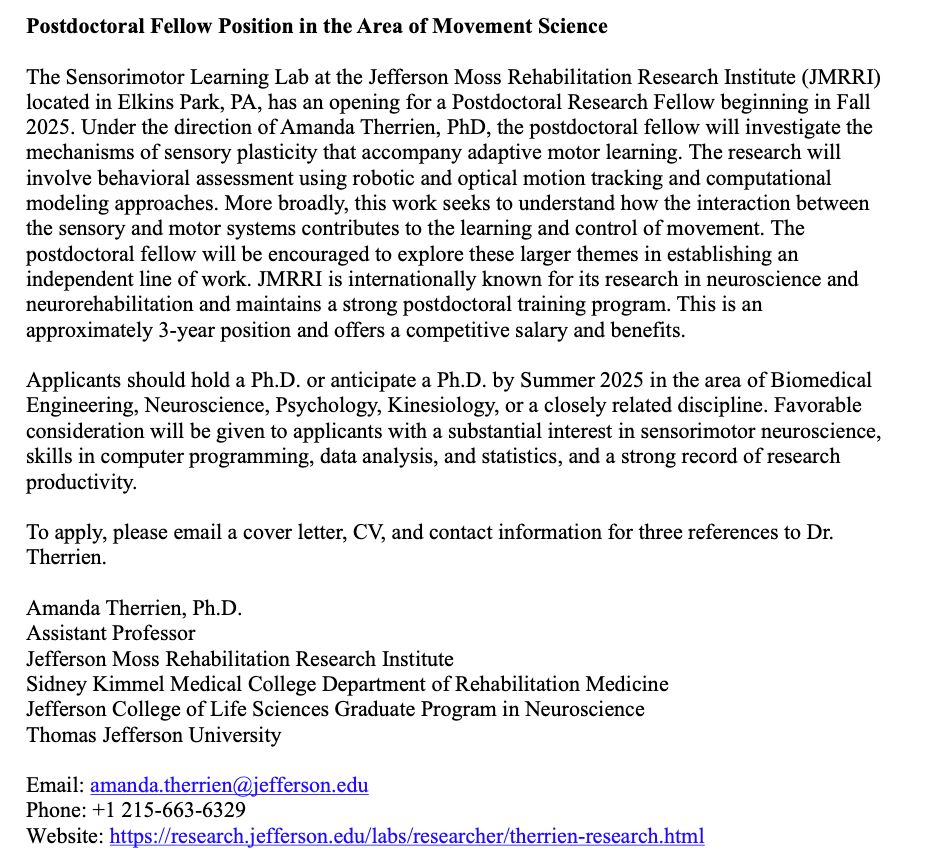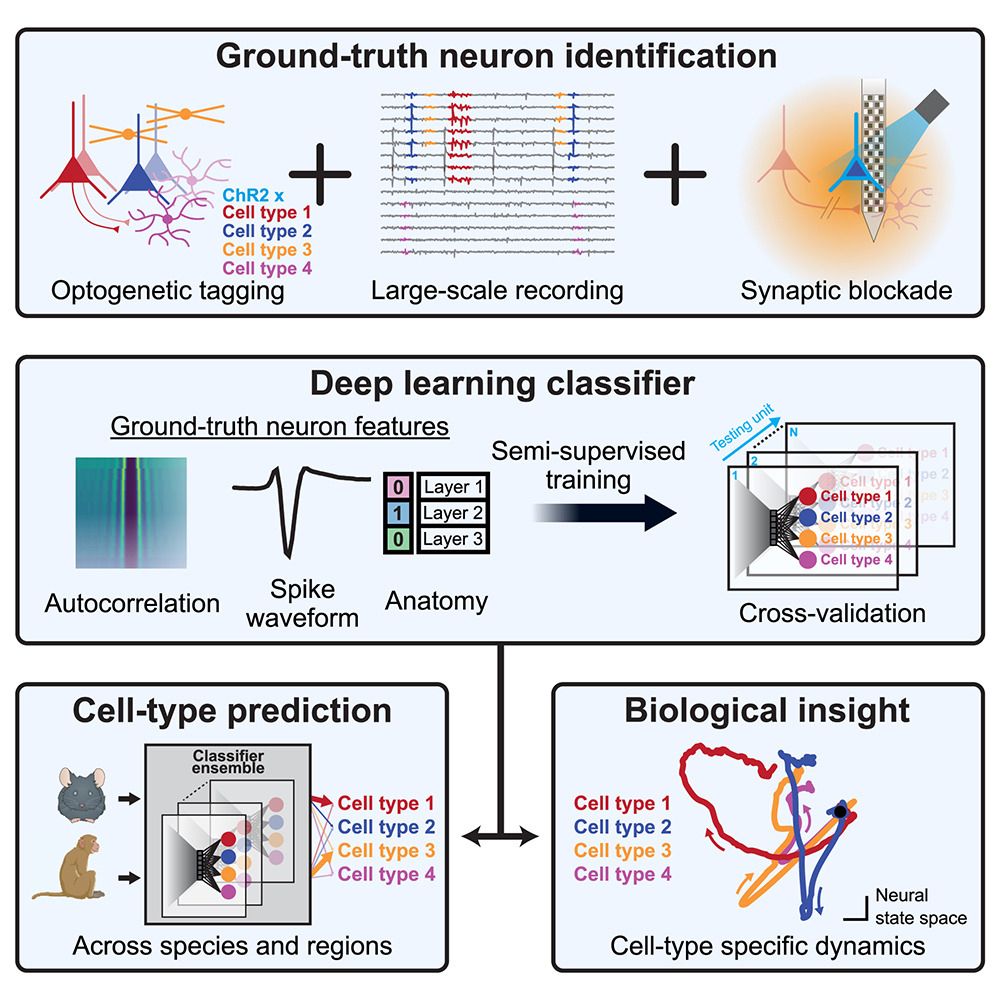David J. Herzfeld
@dherzneuro.bsky.social
520 followers
270 following
26 posts
Assistant Professor of Neuroscience at UW-Madison | herzfeldlab.neuro.wisc.edu | Views are my own
Posts
Media
Videos
Starter Packs
Reposted by David J. Herzfeld
Anne West
@ennatsew.bsky.social
· Jul 27
Reposted by David J. Herzfeld
Reposted by David J. Herzfeld
Aaron L Wong
@aaronlwong.bsky.social
· Apr 16
Reposted by David J. Herzfeld
Reposted by David J. Herzfeld
David J. Herzfeld
@dherzneuro.bsky.social
· Feb 28
David J. Herzfeld
@dherzneuro.bsky.social
· Feb 28
David J. Herzfeld
@dherzneuro.bsky.social
· Feb 28

A deep learning strategy to identify cell types across species from high-density extracellular recordings
We constructed a deep learning classifier that solves the problem of neuron-type identification
from simultaneous extracellular recordings of many neurons. The classifier was trained
on a ground-truth...
www.cell.com
David J. Herzfeld
@dherzneuro.bsky.social
· Feb 23
David J. Herzfeld
@dherzneuro.bsky.social
· Feb 23
David J. Herzfeld
@dherzneuro.bsky.social
· Feb 23
David J. Herzfeld
@dherzneuro.bsky.social
· Feb 23
David J. Herzfeld
@dherzneuro.bsky.social
· Feb 23
David J. Herzfeld
@dherzneuro.bsky.social
· Feb 23

Neural circuit mechanisms to transform cerebellar population dynamics for motor control in monkeys
We exploit identification of neuron types during extracellular recording to demonstrate how the cerebellar cortex's well-established architecture transforms inputs into outputs. During smooth pursuit ...
doi.org
Reposted by David J. Herzfeld




